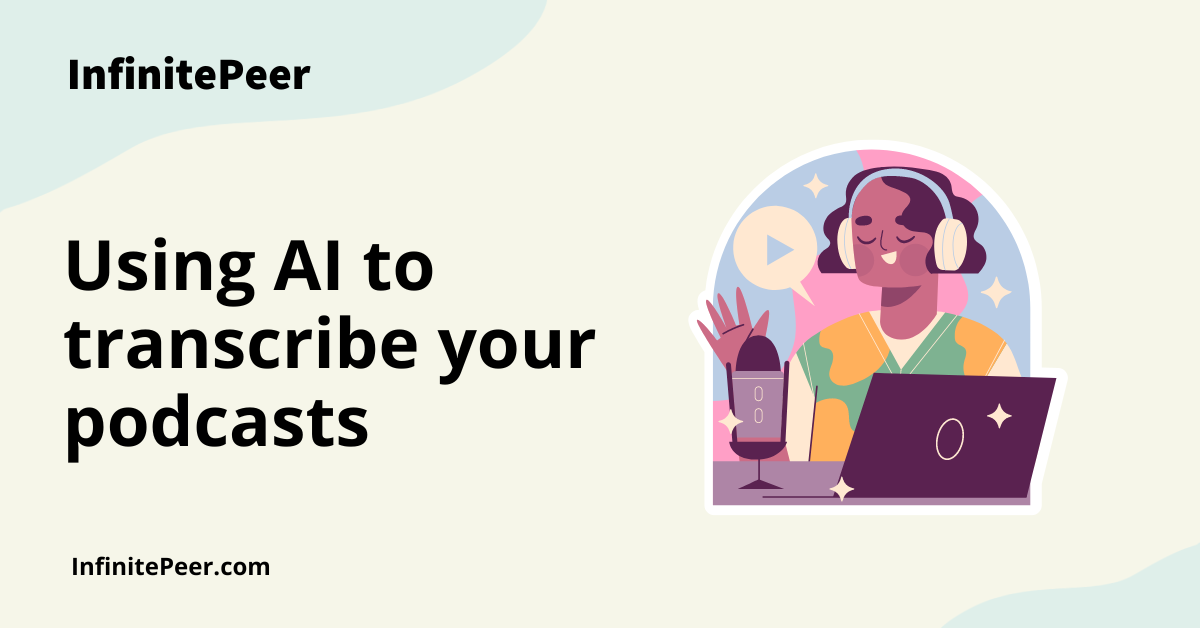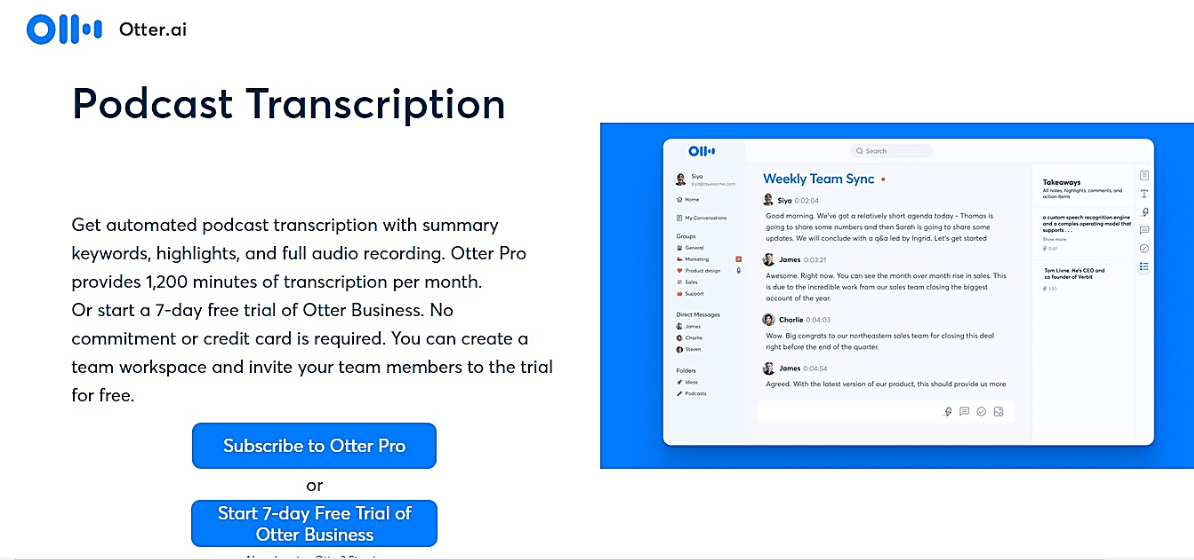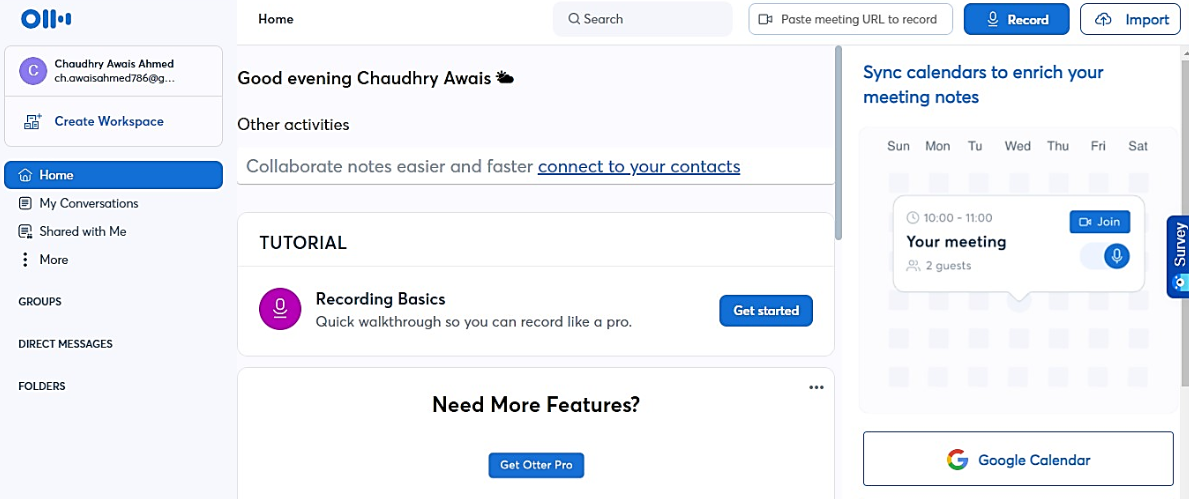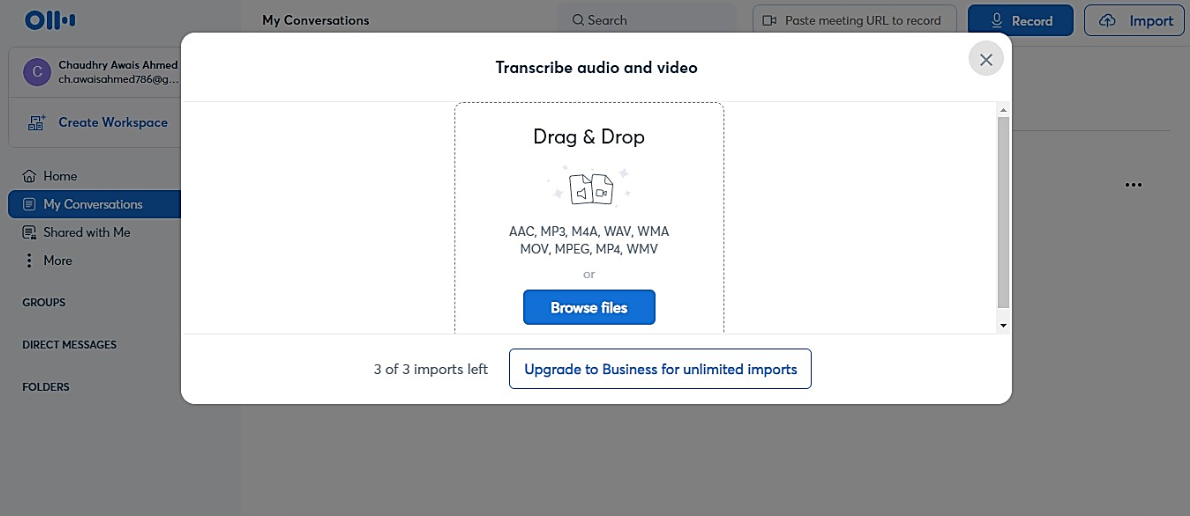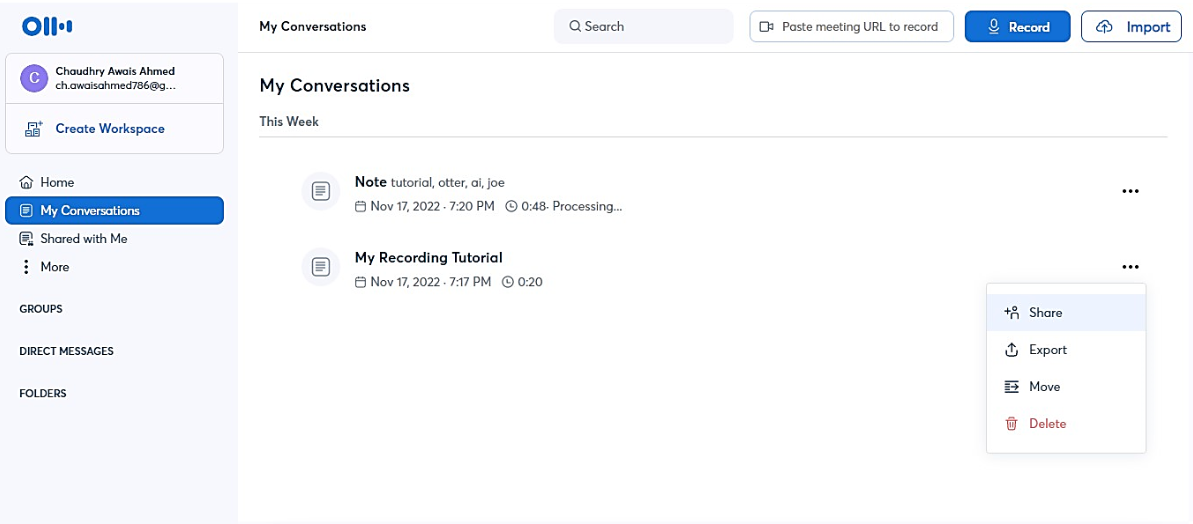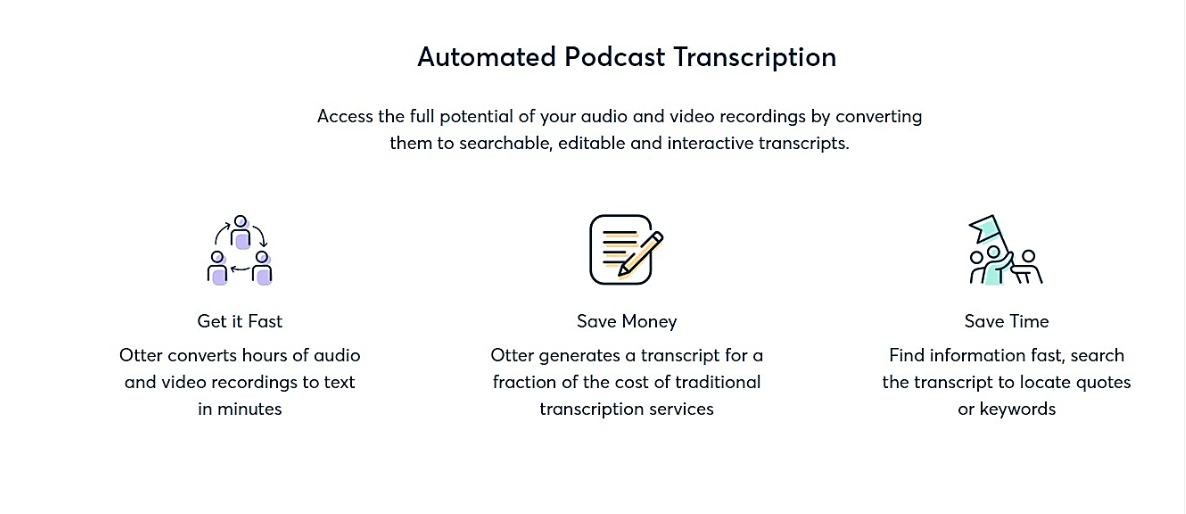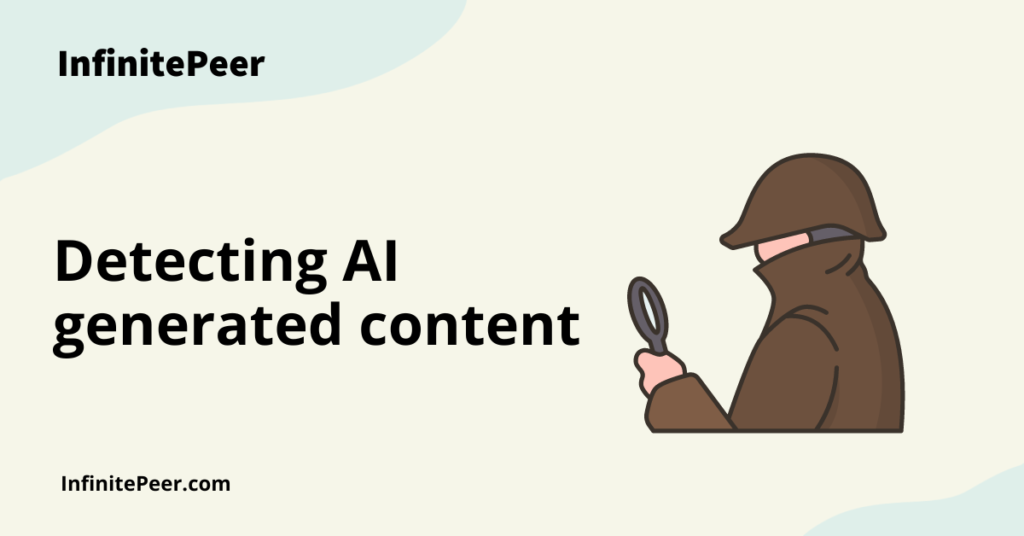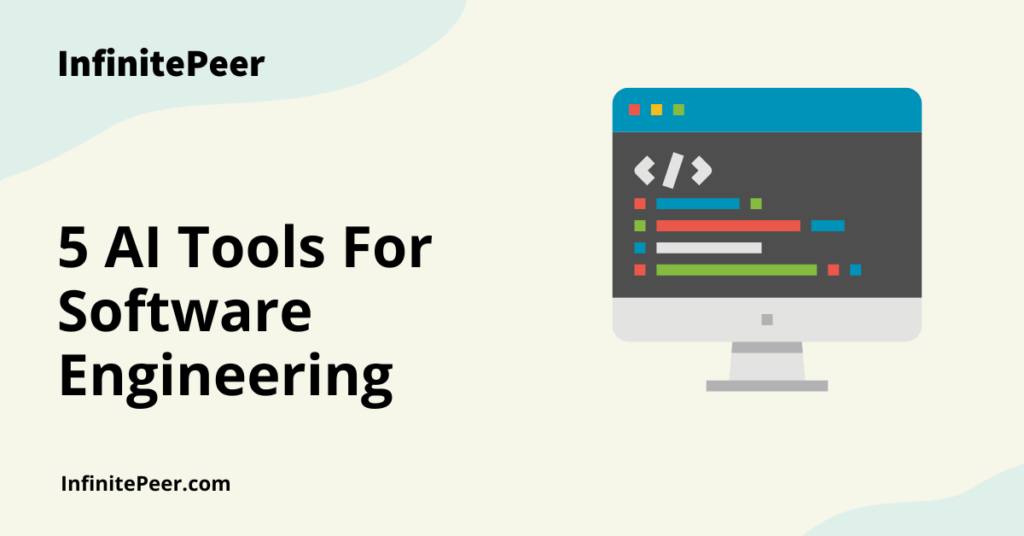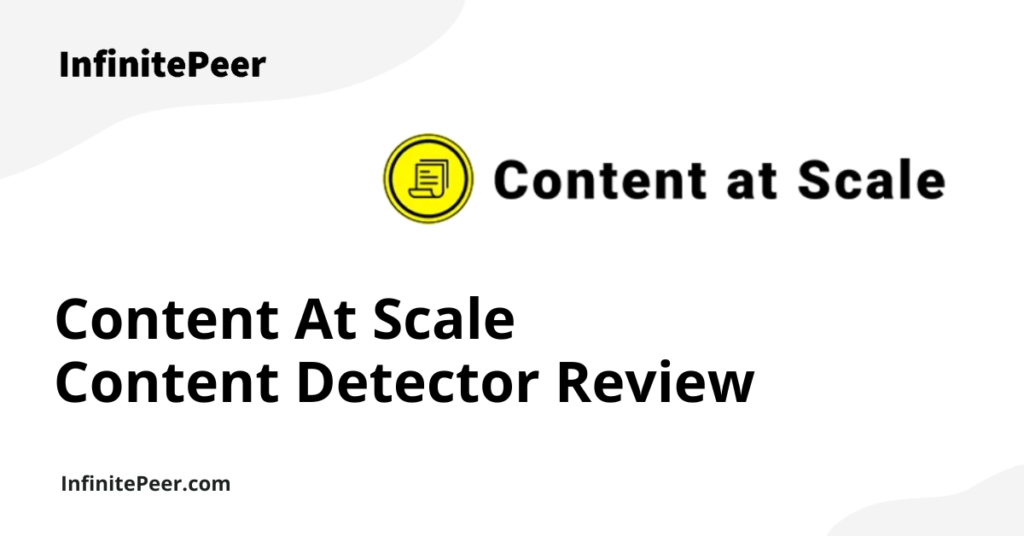It’s thanks to the power of AI that powerful tools that we use every day, like Microsoft Cortana, Google Assistant, Apple Siri, and Amazon’s Alexa exist. Specifically, these tools use Natural Language Processing (NLP), Natural Language Generation (NLG), and Automatic Speech Recognition (ASR) algorithms, which are constantly improving. This is why these voice assistants seem to sound more human as time passes.
ASR brings us to audio transcription – if a bot can understand our words, why not go one step further and have them write them for us too?
How can you use AI to Transcribe your Podcasts?
Podcasts are becoming more and more popular as a way to engage with audiences and provide valuable information to your followers and customers. Most content strategies today will include audio and video content. To ensure content is accessible to a wide range of users, it’s important to have your audio content transcribed.
In the past, this would have been a time-consuming task, but with the right AI in place, live captioning and auto-transcription become almost automated.
Let’s demonstrate this with the help of an AI-powered audio transcription solution called Otter.ai.
Example: How to Transcribe a Podcast Using Otter.ai
Featured on Wired, TechCrunch, and the New York Times, Otter.ai is starting to get some major attention. Its live captioning features, chrome extension, and quick integration with Google Meet, Zoom, and various video conferencing platforms have made it one of the favorite accessibility tools in the market.
Otter.ai not only transcribes podcasts, audio/video content, and live meetings but also provides a virtual assistant to help you show up in meetings in your place. Yes, you read that right. Otter Assistant now joins Zoom, Microsoft Teams, & Google Meet to automatically take notes for meetings if you can’t attend!
We’ll focus this article on how to use Otter for your content strategy, but it’s definitely worth taking a look at their other features!
Otter’s basic plan offers 300 free minutes per month and unlimited live transcription for live and real-time meetings. This proves beneficial for small businesses and students, who are looking to use AI tools without a large budget.
Let’s dive into an example – here we’re transcribing a podcast, but these steps can be used to transcribe any recorded audio content.
Step 1: Signup for the Free Plan
As already mentioned, Otter.ai has a basic plan that makes it easy to familiarize yourself with the solution. Sign up to Otter.ai like any other software sign-up. Pro tip: students and educators get great Student and Teacher Discounts on the pro-plan.
Step 2: Get Familiar with the Tool
Now that you have signed up for Otter.ai, you’ll see a dashboard just like the one below. Go through the basics and the tutorials it offers to help you get started. Get familiar with the interface and explore the features.
Step 3: Your First Podcast Transcription: Record, Upload or Paste a Link to Your Podcast
In the top right corner, you will find three buttons to choose from. Otter.ai offers English-to-text audio transcription for live recordings, uploaded audio/ video content, or directly pulls the content from a URL (i.e. a shareable link to a podcast, YouTube video, etc.).
You have a couple of options: if you are recording the podcast live on your phone, you can simply place it near your computer’s microphone and start recording. If you’ve already recorded your content, upload it directly to your dashboard. Otter supports many audio/video formats including MP3, MP4, WAV, and MOV. You can also just paste the URL link and Otter will pull the podcast directly to your dashboard.
Step 4: Record, Edit and Take Notes
Now Otter will work its magic – you’ll see the transcript being developed, just like on the screen below:
On the left, you see the transcript and the stop/play buttons while the right half is designated for your own note-taking.
Step 5: Finish Transcription, Download Text File, or Export
Once done with the transcription, hit the stop button. A prompt shows up requesting some processing time. Return to your main dashboard and you will see your transcription project with a ‘processing’ tag after it. Once the processing is over, the project is ready to download or export as a text file. Click the three dots next to any individual project to see the various options.
Voila, you have your first podcast audio transcription ready – Otter.ai really does make it easy!
Benefits of Using AI to Transcribe Podcasts
Now that we have seen how AI-based audio transcription works in real-time, let’s summarize the benefits of using AI to transcribe your podcasts and other audio content.
-
High Transcription Accuracy
Today’s transcription tools are highly accurate and sometimes more consistent than humans. As the technology progresses, accuracy will continue to improve, as machine learning software continues to learn and improve over time.
-
Automatic Time Stamp Creation
By Utilizing AI to transcribe your video content, you save yourself from creating tags manually. Automated audio transcription makes your content searchable and findable by automatically creating timestamps and tags.
-
Auto-captioning Saves Time & Money
Video editors know how frustrating it is to add subtitles to video content. Not to mention, how synchronizing these captions with each frame demands considerable time and effort. With hours-long podcasts, this becomes a laborious task. However, AI-powered audio transcription comes with an auto-captioning function which has now taken over the job of adding captions manually. It also allows live captioning, making content accessible to a larger audience live.
-
Easy and Interactive User-Interface Makes Captioning Even Better
As you saw with Otter, AI tools are easy to use and intuitive. These easy-to-use user interfaces let even newbies do the caption-editing work. You no longer need a seasoned editor to do this type of work.
-
Get Your Transcription in Different Languages
AI-based audio transcription sees extensive updates with every passing day. This not only means more accurate and precise audio transcription but in different languages, too! Take a look at our article on how to use AI to translate your content for more info!
